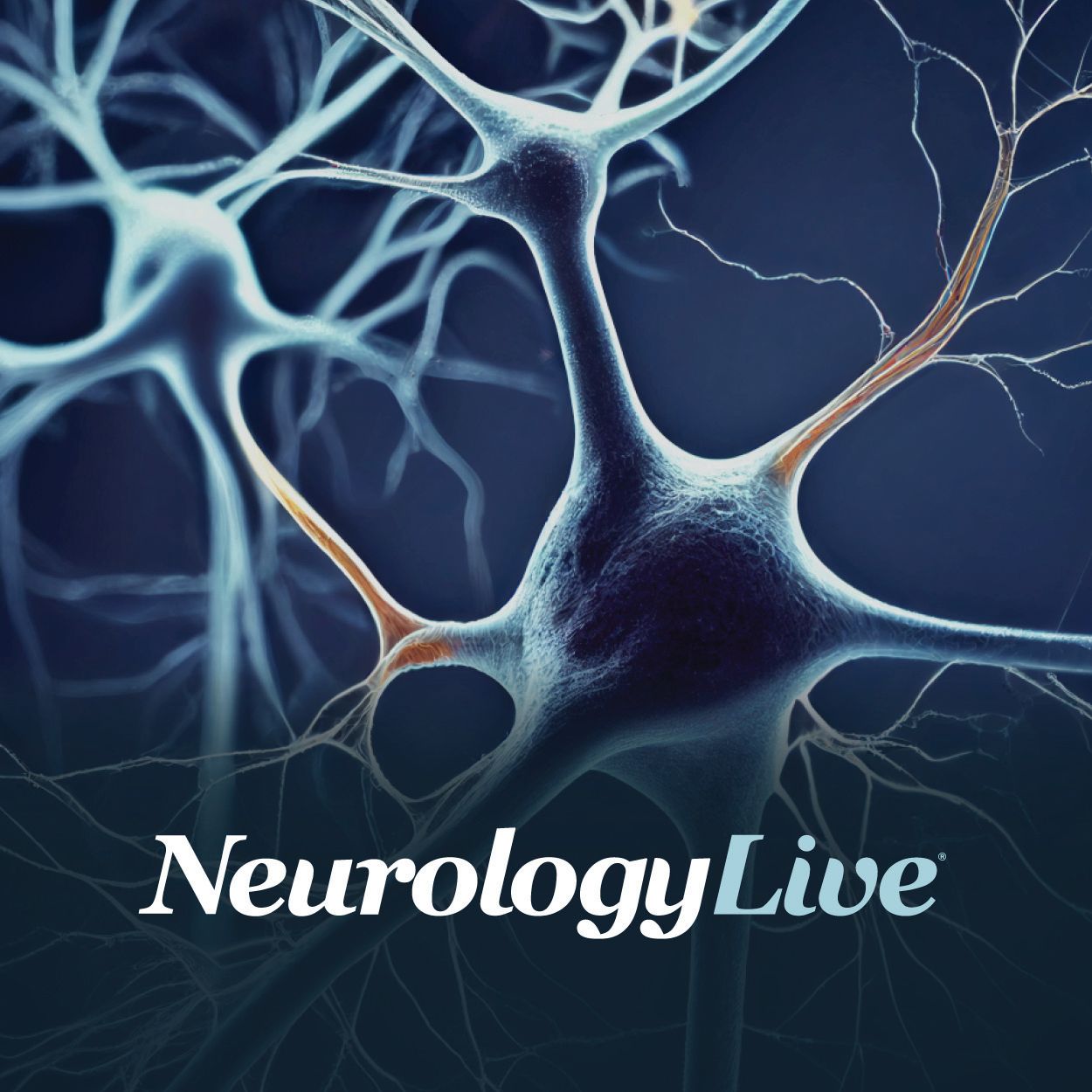News
Article
FDA Approves Expanded Indication for Cerliponase Alfa to Treat CLN2 Disease in Children Under 3 Years
The expanded indication, supported by a phase 2 open-label trial, includes children of all ages with CLN2 disease, regardless of whether they are symptomatic or asymptomatic.
Hank Fuchs, MD

According to an announcement from BioMarin Pharmaceutical, the FDA has approved an expanded indication for cerliponase alfa (Brineura), a therapy for children with neuronal ceroid lipofuscinosis type 2 (CLN2 disease, or Batten disease), to treat patients of all ages, including those younger than 3. In addition, the therapy will now be available to all patients, including those who are symptomatic or asymptomatic.1
CLN2 disease, also known as tripeptidyl peptidase 1 (TPP1) deficiency, typically starts with seizures between the ages of 2 and 4 years old, preceding in the majority of cases by language development delay. Cerliponase alfa, a recombinant human form of tripeptidyl peptidase 1 enzyme, was the first approved treatment for forms of Batten disease, such as CLN2 disease. Its original approval, which came in 2017, included those older than 3 years of age with the disease.
The supplemental biologic drug application (sBLA) was supported by data from Study 190-203 (NCT02678689), a phase 2 open-label trial in children with CLN2 whose siblings were those in previously completed studies, Studies 201 and 202. In the 3-year study, treatment with cerliponase alfa resulted in reduced decline in motor function and delayed disease onset, including among those with CLN2 less than 3 years of age. In addition, the therapy showed a safety profile that was similar to that observed in prior studies, including the aforementioned Studies 201 and 202.
"Today's approval represents a significant step forward in enabling children to be treated with BRINEURA as early as possible, when we can have the greatest impact in altering the natural course of disease," Hank Fuchs, MD, president of Worldwide Research and Development at BioMarin, said in a statement.1 "We know that every day counts for families affected by serious genetic conditions such as CLN2 disease, which is characterized by a rapid onset of neurodegenerative symptoms. We have been working diligently since BRINEURA's initial approval to support this expanded use in children of all ages, even before they begin to show symptoms.”
READ MORE: Ionis to Advance ION582 in Phase 3 Studies of Angelman Syndrome Following Positive Open-Label Data
Cerliponase alfa, an enzyme replacement therapy, is given by infusion into the brain and using sterile technique to reduce the risk of infection. The most common adverse events reporting during infusions of the drug include fever, problems with electrical activity of the heart or increased protein in the fluid of the brain, vomiting, seizures, device-related complications, hypersensitivity, collection of blood outside of blood vessels, headache, irritability, device-related infection, slow heart rate, and low blood pressure.
In clinical trials, hypersensitivity reactions, which occurred in 5 of 8 (63%) of those less than 3 years of age and in 0 of 6 patients aged 3 and older, were the only adverse event that occurred at a higher rate for the lower aged group. Symptoms of severe hypersensitivity reactions (e.g., anaphylaxis) included rapid heart rate (tachycardia), contraction of the muscles of the airways (bronchospasm), rash, diarrhea, low blood pressure (hypotension), increased body temperature, and vomiting.
"Receiving a CLN2 diagnosis is devastating for families as the disease is life-limiting and can severely impact a child's daily functioning and quality of life from a very young age, with symptoms including seizures, speech and language deficits, impaired movement, and vision loss," Ineka Whiteman, PhD, head of Research and Medical Affairs at the Batten Disease Support, Research, and Advocacy Foundation, said in a statement.1 "The opportunity to start BRINEURA treatment earlier, even before the onset of symptoms, provides newfound hope for the families impacted by this rapidly progressive disease. Importantly, this expanded indication provides further impetus for early diagnosis of CLN2 disease, as we continue advocating for [the] inclusion of CLN2 disease on the RUSP [Recommended Uniform Screening Panel] for newborn screening."
The design and objectives of Study 203 were similar to the previously completed trials. Specifically, the scale used in all 3 studies used 4 components of the Hamburg (motor, language, vision, seizures) and 4 components of the Weill Cornell (gait, language, myoclonus, feeding) scoring systems. For the primary outcome analyses, the CLN2 scale excluded 4 of the domains in these 2 scales (Hamburg: seizure and vision; Weill Cornell: feeding and myoclonus).2
In Study 203, none of the 8 treated patients had a 2-point decline or a score of 0 on the CLN2 Clinical Rating Scale at the final assessment of week 169. In comparison to a matched natural history cohort of 18 patients, 11 children (61%) experienced an unreversed 2-point decline or score of 0 by the final assessment. Notably, all 7 cerliponase alfa-treated patients aged 3 or less maintained a motor score of 3 at the final assessment, indicating a normal gait and delay in disease onset.





